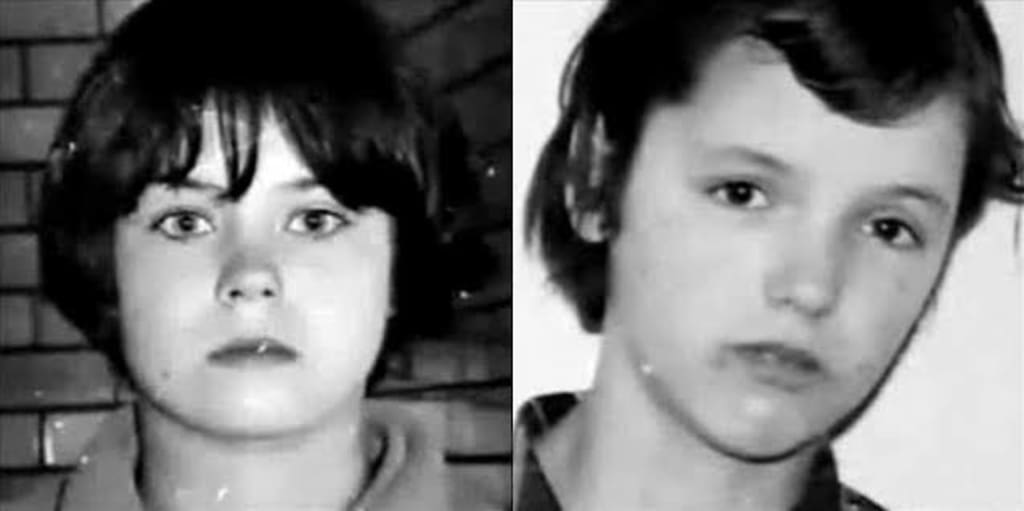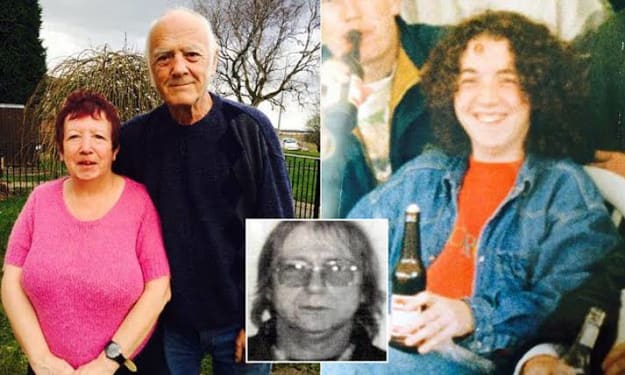Child Killer's Dark Legacy
The Mary Bell case, a shocking child killer story from the 1960s UK, centered on an 11-year-old girl's involvement in two murders.

The case of Mary Bell, a child killer, is a chilling and disturbing tale that shook the United Kingdom in the 1960s. The story of a young girl committing heinous acts of violence captured the nation's attention and raised questions about the nature of childhood innocence, the role of upbringing, and the capacity for evil at an early age.
Mary Bell's story began on May 25, 1968, when the body of four-year-old Martin Brown was discovered in an abandoned house in Newcastle upon Tyne. At the time, the cause of death was ruled as accidental. However, just a few weeks later, another tragedy struck. On July 31, 1968, the body of three-year-old Brian Howe was found on a wasteland near Mary Bell's home. These deaths sent shockwaves through the community, and soon, suspicion fell on an unlikely source – an eleven-year-old girl named Mary Bell.
Mary Bell, born in 1957, grew up in a troubled environment. Her mother, Betty Bell, was known to be involved in prostitution, and Mary was often left to her own devices. She displayed disturbing behaviors from an early age, such as torturing animals and engaging in acts of cruelty. As the investigation into the two deaths unfolded, it became evident that Mary was not only a witness but potentially a perpetrator.
The trial that followed was unprecedented. In December 1968, Mary Bell and her accomplice, a thirteen-year-old friend named Norma Bell (no relation), were brought to court. The shocking nature of the crimes, coupled with Mary's young age, captured the public's fascination. The trial shed light on Mary's troubled upbringing, painting a picture of neglect, abuse, and exposure to sexual behaviors at an early age. The defense argued that Mary had learned to mimic these behaviors due to her environment.
The prosecution, on the other hand, presented evidence of Mary's premeditation and manipulation. Witnesses testified that Mary had shown a disturbing fascination with death and violence before the murders. She had even falsely claimed responsibility for Martin Brown's death before the investigation had begun. The prosecution argued that Mary Bell's actions were not simply a result of her environment but stemmed from a deep-seated psychological issue.
The verdict, delivered on December 17, 1968, found Mary Bell guilty of manslaughter due to diminished responsibility. Norma Bell was acquitted. Mary was sentenced to be detained at Her Majesty's Pleasure, a term typically used for juvenile offenders. The judge expressed hope that she would be rehabilitated and reintegrated into society in the future.
Mary Bell's case raised profound questions about the nature of childhood and criminal responsibility. Could a child as young as Mary truly comprehend the consequences of her actions? Was she a product of her environment, or did she possess an innate capacity for evil? The case ignited debates about the age of criminal responsibility and the need for a separate legal system for juveniles.
After her conviction, Mary Bell spent twelve years in various institutions, during which she received education and therapy. She eventually gained her anonymity, and her new identity was protected by a court order. She lived her life away from the public eye, leading to speculation about her whereabouts and well-being. Some argued that she deserved a chance at redemption, while others believed she should forever be condemned for her crimes.
The case of Mary Bell remains a disturbing reminder of the complexities surrounding juvenile crime, psychological development, and the limits of human understanding. It challenges our perceptions of innocence and raises uncomfortable questions about the potential for darkness within us all. Whether seen as a victim of circumstances or a true embodiment of evil, Mary Bell's story will forever be etched into the annals of criminal history, a cautionary tale that defies easy explanations.
About the Creator
Enjoyed the story? Support the Creator.
Subscribe for free to receive all their stories in your feed. You could also pledge your support or give them a one-off tip, letting them know you appreciate their work.





Comments
There are no comments for this story
Be the first to respond and start the conversation.